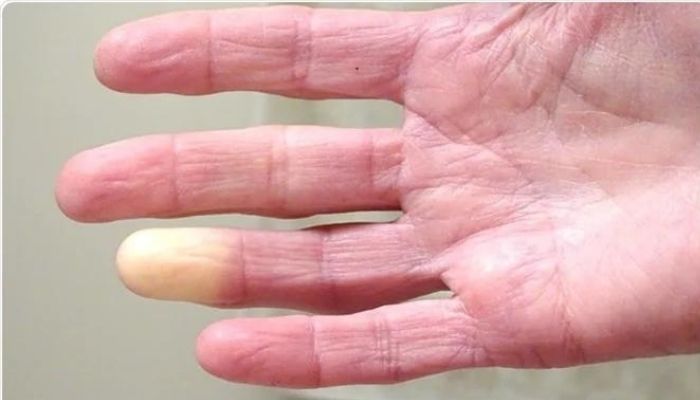|
Treatment is ‘promising option,’ more studies needed, researchers say by Margarida Maia, PhD | May 14, 2024 Local injection with botulinum toxin type A (BTX-A), such as Botox, may ease the severity of pain associated with Raynaud’s phenomenon in people with scleroderma, also known as systemic sclerosis, a meta-analysis study found. The study, “Efficacy and safety of botulinum toxin in treating scleroderma-associated raynaud’s phenomenon: a systematic review and meta-analysis,” was published as a research letter in the Archives of Dermatological Research. Scleroderma affects the connective tissue that holds tissues and organs together. While it mainly causes the skin to harden, scleroderma also can damage internal organs and blood vessels. It often starts with Raynaud’s phenomenon, which may appear long before other symptoms. Raynaud’s phenomenon limits blood flow to fingers and toes due to cold or stress. As a result, fingers and toes can change color and become numb or prickly. This is often accompanied by pain and sometimes digital ulcers or sores. Bacteria-derived BTX-A, often injected locally to smooth wrinkles on the face, among other uses, is being tested as a treatment for Raynaud’s phenomenon secondary to scleroderma. It’s thought that it may work in part by widening the blood vessels and reducing pain. Raynaud’s pain is eased, but limitations remain
To find out how well BTX-A may ease symptoms of Raynaud’s phenomenon, including pain, researchers in Egypt and Romania used a statistical method called a meta-analysis to combine data from four randomized, controlled studies involving 170 people with scleroderma. Compared with a placebo, four-week treatment with BTX-A resulted in significantly lower scores on a visual analogue scale for the severity of pain, where lower scores indicate less severe pain. However, there were no significant differences in the level of difficulty experienced due to Raynaud’s phenomenon each day, limitations to upper limb function, or the number of ulcers between patients treated with BTX-A versus the placebo. While local injection of BTX-A has “emerged as a promising option,” the researchers wrote, “despite some studies supporting BTX-A efficacy, the overall meta-analysis did not find evidence of disease severity reduction, possibly due to a small sample size.” “BTX-A appears effective in mitigating pain severity associated with secondary [Raynaud’s phenomenon], but its impact on disease severity remains inconclusive,” the researchers concluded, calling for “further research to validate the potential benefits of BTX-A in treating [Raynaud’s phenomenon].” Comments are closed.
|
AuthorScleroderma Queensland Support Group Archives
July 2024
Categories
All
|
Scleroderma Association of Queensland
©Scleroderma Association of Queensland. All rights reserved. Website by Grey and Grey.

